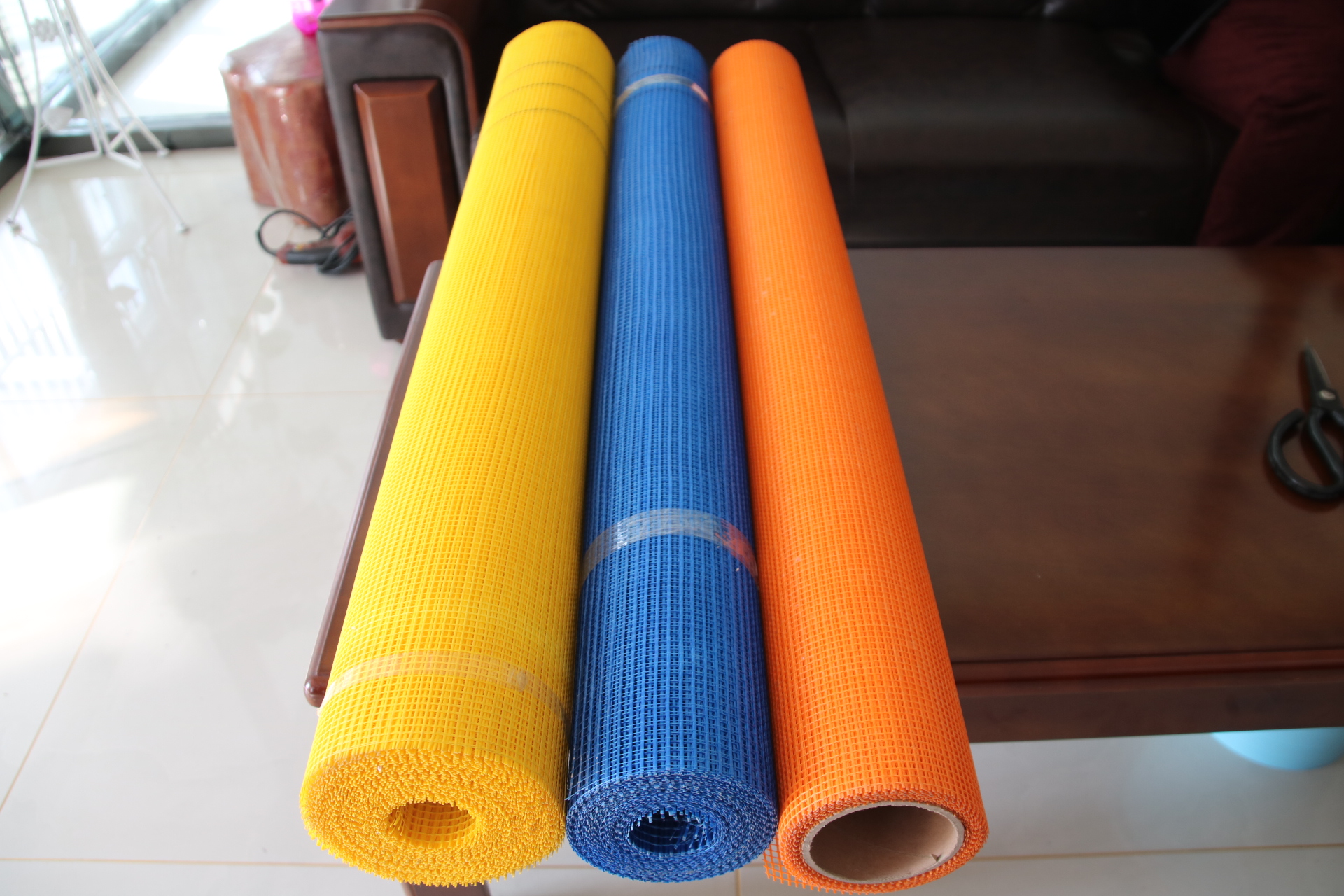Fibre glass mesh for plastering is a commonly used material in the construction and renovation fields. Here’s an analysis of it:

1. Composition and Structure
Fibre glass mesh is typically made from fine glass fibres that are woven or knitted together to form a mesh-like structure. The glass fibres are usually coated with a protective material to enhance their performance and durability. This coating can provide resistance against alkali, moisture, and other environmental factors that might otherwise degrade the fibres.
2. Functions and Benefits
Crack Resistance: When used in plastering work, the fibre glass mesh helps to reinforce the plaster layer. It effectively distributes the stresses that occur due to temperature changes, drying shrinkage, or minor structural movements. By doing so, it significantly reduces the likelihood of cracks forming in the plaster surface. This is especially important in areas where the building may be subject to thermal expansion and contraction, such as exterior walls.
Improved Adhesion: The mesh provides a better bonding surface for the plaster. It allows the plaster to adhere more firmly to the substrate (such as concrete, brick, or block walls), ensuring a more stable and long-lasting plaster finish.
Enhanced Durability: By preventing cracks and providing better adhesion, the fibre glass mesh contributes to the overall durability of the plastered surface. It helps the plaster withstand wear and tear, as well as exposure to the elements over time.
3. Application Process
Surface Preparation: Before applying the fibre glass mesh, the surface to be plastered must be clean, dry, and free of loose debris, dust, or grease. Any existing cracks or holes should be repaired and filled appropriately.
Mesh Installation: The fibre glass mesh is usually cut to the appropriate size to cover the area to be plastered. It can be attached to the surface using a suitable adhesive or by embedding it into a thin layer of plaster. The mesh should be laid flat and smooth, with no wrinkles or folds that could affect its performance.
Plastering Over the Mesh: Once the mesh is in place, the regular plastering process can proceed. The plaster is applied over the mesh in the usual way, ensuring that it completely covers the mesh and fills any gaps or voids. Multiple layers of plaster may be required depending on the desired thickness and finish of the plastered surface.
4. Considerations and Precautions
Quality of the Mesh: It’s important to choose a high-quality fibre glass mesh. Inferior meshes may have weak fibres, inadequate coating, or poor weaving quality, which can lead to reduced effectiveness in preventing cracks and providing reinforcement.
Compatibility with Plaster: Ensure that the fibre glass mesh is compatible with the type of plaster being used. Some meshes may work better with certain types of plaster formulations, so it’s advisable to check the manufacturer’s recommendations.
Proper Installation: Incorrect installation, such as improper adhesion or wrinkled mesh, can undermine the benefits of using the fibre glass mesh. Follow the installation instructions carefully to achieve the best results.
In conclusion, fibre glass mesh for plastering is a valuable material that can enhance the quality and durability of plastered surfaces. By understanding its composition, functions, application process, and taking necessary precautions, it can be effectively used in various construction and renovation projects.

